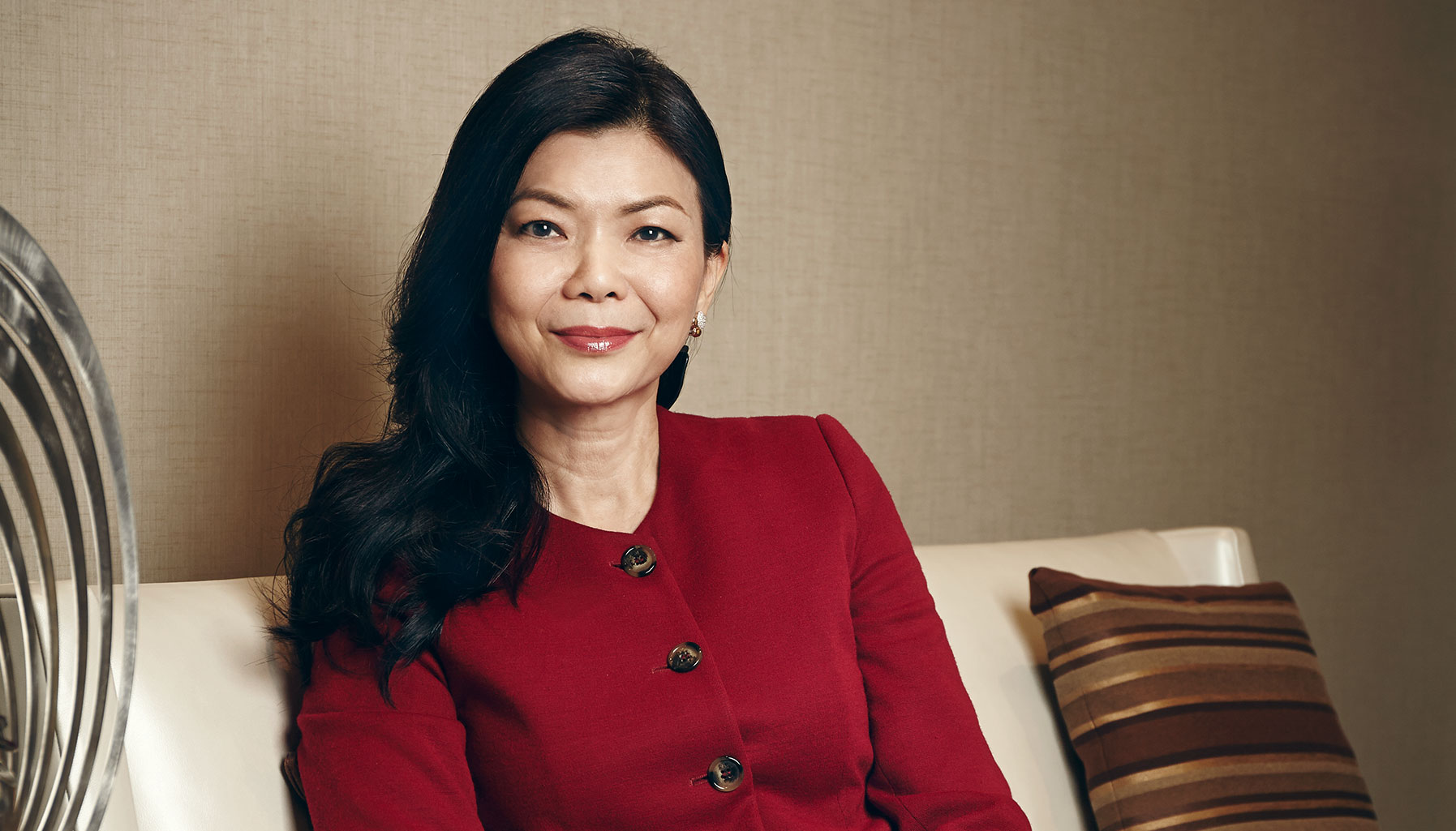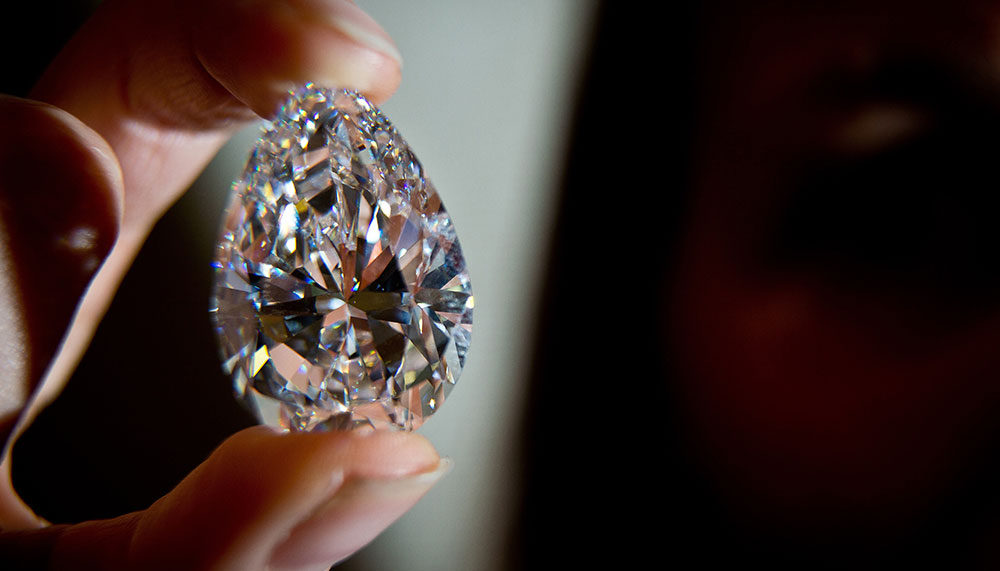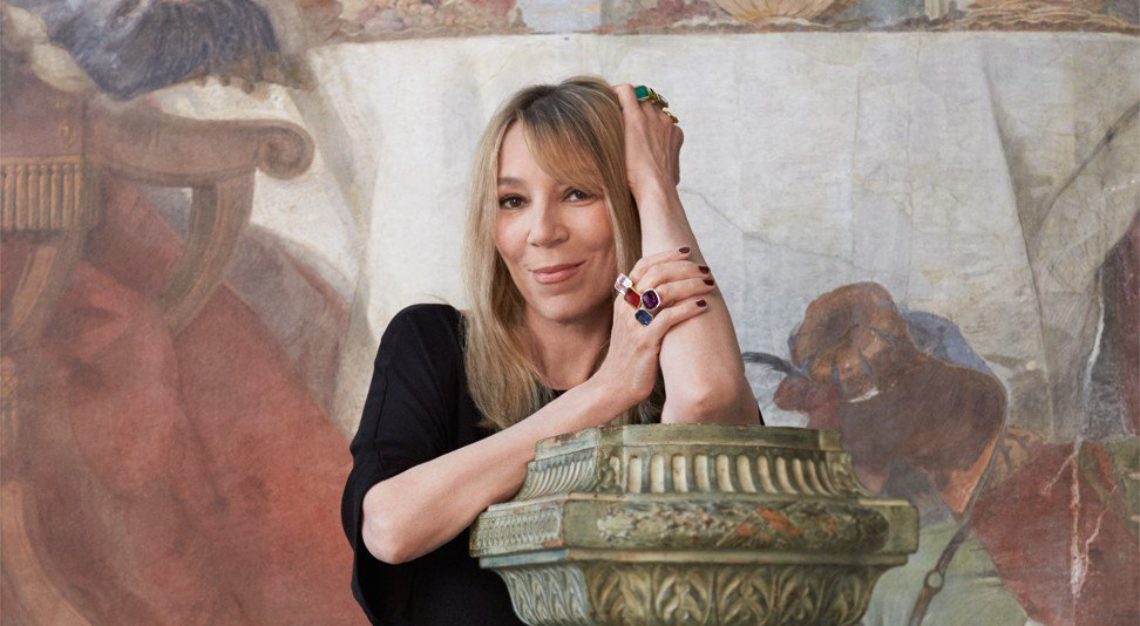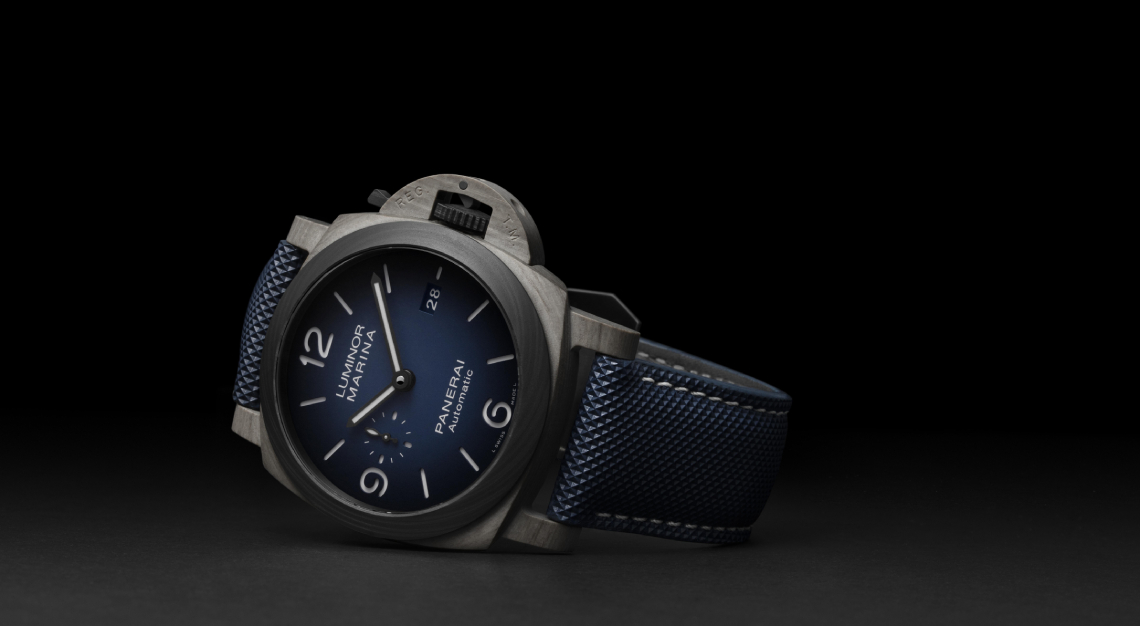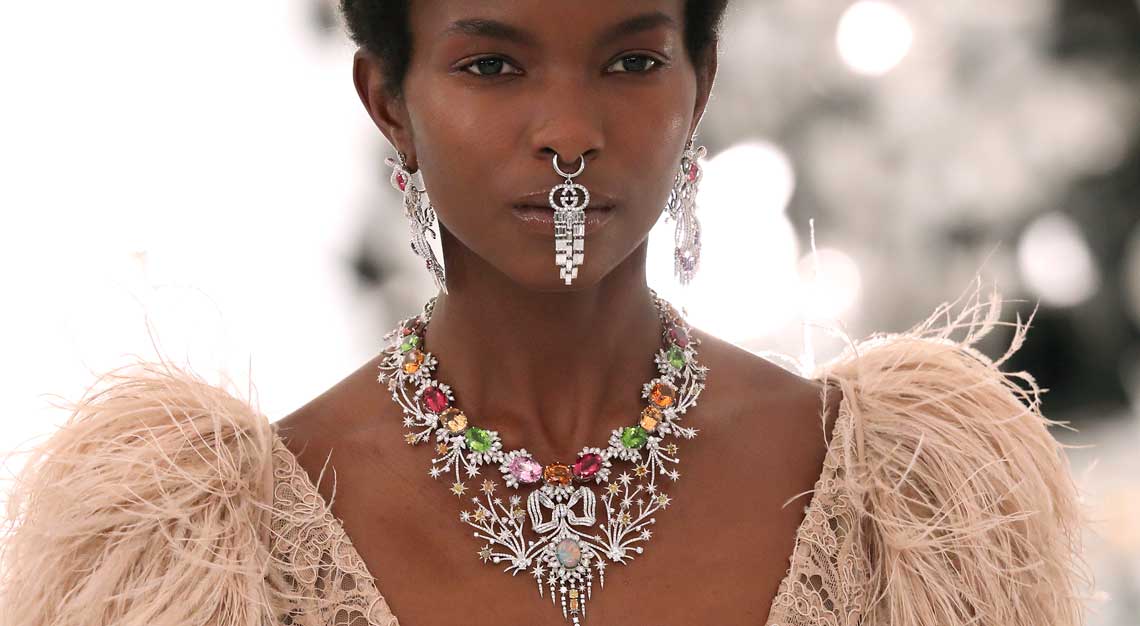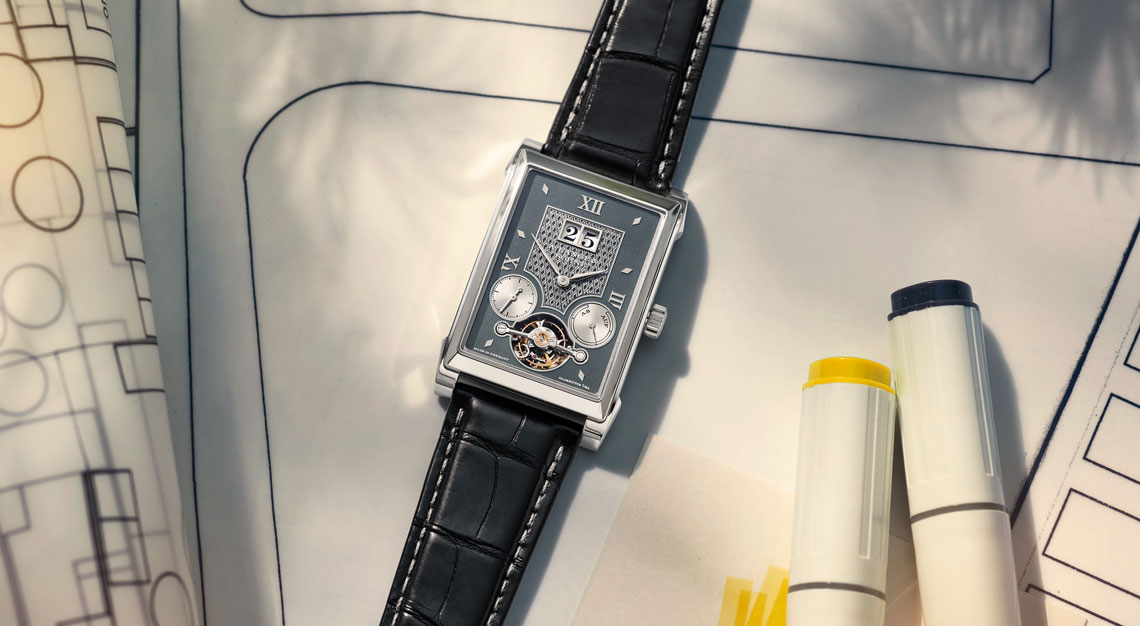Bejewelled Timeline
The world of jewellery and gemstones began for fairly early for Mink Ong, in the early 80s. Marrying into a second-generation jewellery business helped her understand the intricacies of the industry; buying diamonds, quality control, calculating prices and visual merchandising, among a myriad other responsibilities. Life’s journey then brought her to Mauboussin as general manager for greater China and South-east Asia, before further sojourns at Lazare Diamonds in Shanghai, Vacheron Constantin in Hong Kong and Chanel fine jewellery for greater China.
On China
I experienced the Chinese market in 2001 when the luxury industry began to boom. At the time, I worked with a good local partner and competition was not as keen – Patek Philippe had yet to enter the market even. I remember doing roadshows with Vacheron Constantin where we visited 11 Chinese cities in seven days, leading a life where I only spent 11 weeks out of a year in Hong Kong.
On Mystique Universal
I was initially hired by Starhill Gallery in 2006 as an advisor, to speak to potential tenants about opportunities for business expansion in Malaysia. One of my first initiatives was to set up Mystique Universal as an incubator for the brands. What we do is take care of everything; from renovation, design, signing off on goods, managing the boutique, hiring store staff, brand building and reaching out to customers. This is quite a novel approach in retail as it offers brands with the right amount of control over the business – but with none of the inherent risks in entering a new market.
On business today
At our zenith, Mystique Universal had over 16 boutiques under our care, with brands such as Boucheron, Van Cleef & Arpels, Bulgari, Richard Mille, among others. We were opening new boutiques at a rate of one every quarter and, these businesses have taken off and achieved maturity in a short period of time. We currently manage Garrard, the world’s oldest jewellers as well as Gubelin, the foremost name in coloured gems.
On diamonds
In my experience, I’ve found diamonds to be the most stable commodity. It’s governed by the four Cs – carat, clarity, cut and colour – so you can’t go wrong. A lot of people like jade, but its benchmark is really dependent on how much someone wants to pay for it. In my early days on Singapore’s South Bridge, an imperial jade bangle was first traded for S$2,000 and, within a week, its value had gone up to S$30,000).
On gems
With coloured gems, their provenance may be traced through inclusions within the stones. Through the Gemological Institute of America and Gubelin’s pioneering work in curating over 10,000 various types of inclusions, we are able to ascertain the place of origin in these stones; emeralds, rubies and sapphires. A Colombian emerald would typically display a three-phase character of liquid, solid and gas. So inclusions – unlike the flawlessness of diamonds – frequently help to boost the value of gems.
On investing
In all my time spent in the industry, I’ve learnt that investing is best done during a crisis. In 2009, jewellery became a good hedge against the falling currency. Then, a banker approached me with twin ten-carat diamonds; internally flawless, triple excellent cut and priced at US$1million (S$1.34 million) each. Today, these diamonds are practically priceless – in China, high-society ladies today require two items; an Hermes birkin and a ten-carat diamond. In many ways, the mobility, security and liquidity of diamonds make them as good as cash, sometimes even better as they are resistant to inflationary pressures.
